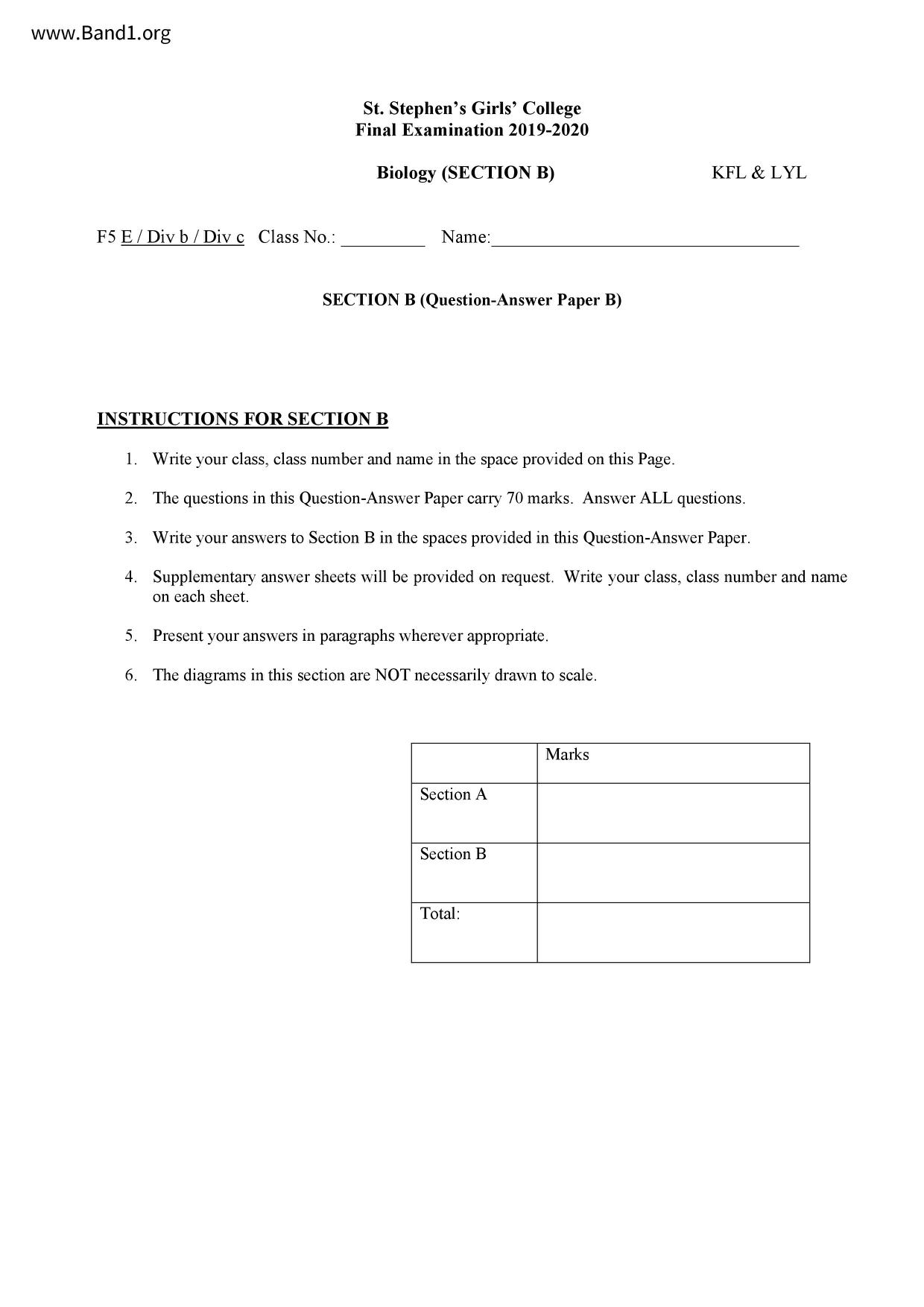香港中五生物試卷
編號:
6669
地區:
香港 (HK)
學校:
聖士提反女子中學
(ST STEPHEN'S GIRLS' COLLEGE)
年級:
中五 (F5)
科目:
生物 (Biology)
年份:
2019-2020
學期:
2
卷種:
考試
檔案格式:
pdf
頁數:
11
檔名:
F5_Bio_Final_Exam_2019_2020_Section_B__7_June_
▼ 圖片只作預覽, 如欲下載整份卷, 請按「免費成為會員」 ▼
聖士提反女子中學 (名校卷)
 ▲ 圖片只作預覽, 如欲下載整份卷, 請按「免費成為會員」 ▲
▲ 圖片只作預覽, 如欲下載整份卷, 請按「免費成為會員」 ▲香港中五生物試卷 PDF
下載試卷只限會員尊享